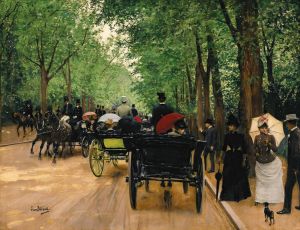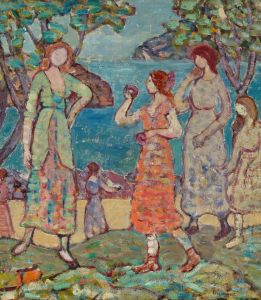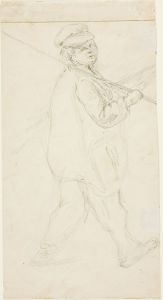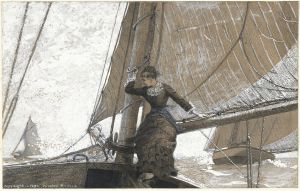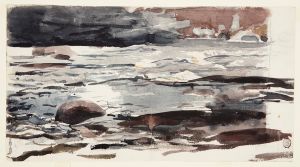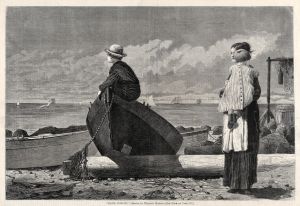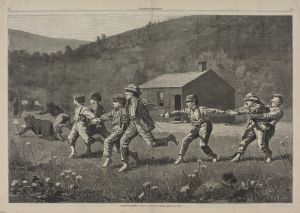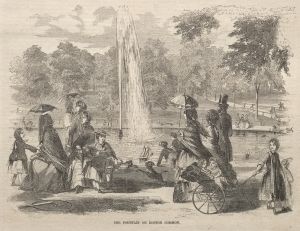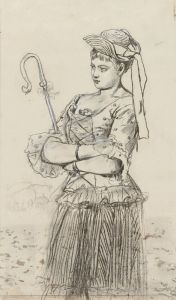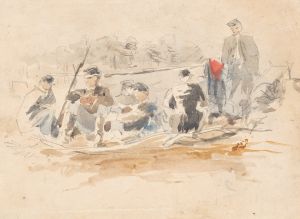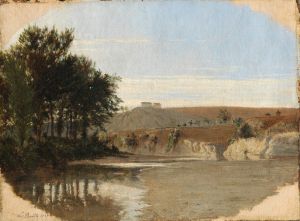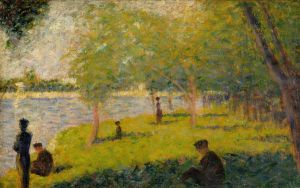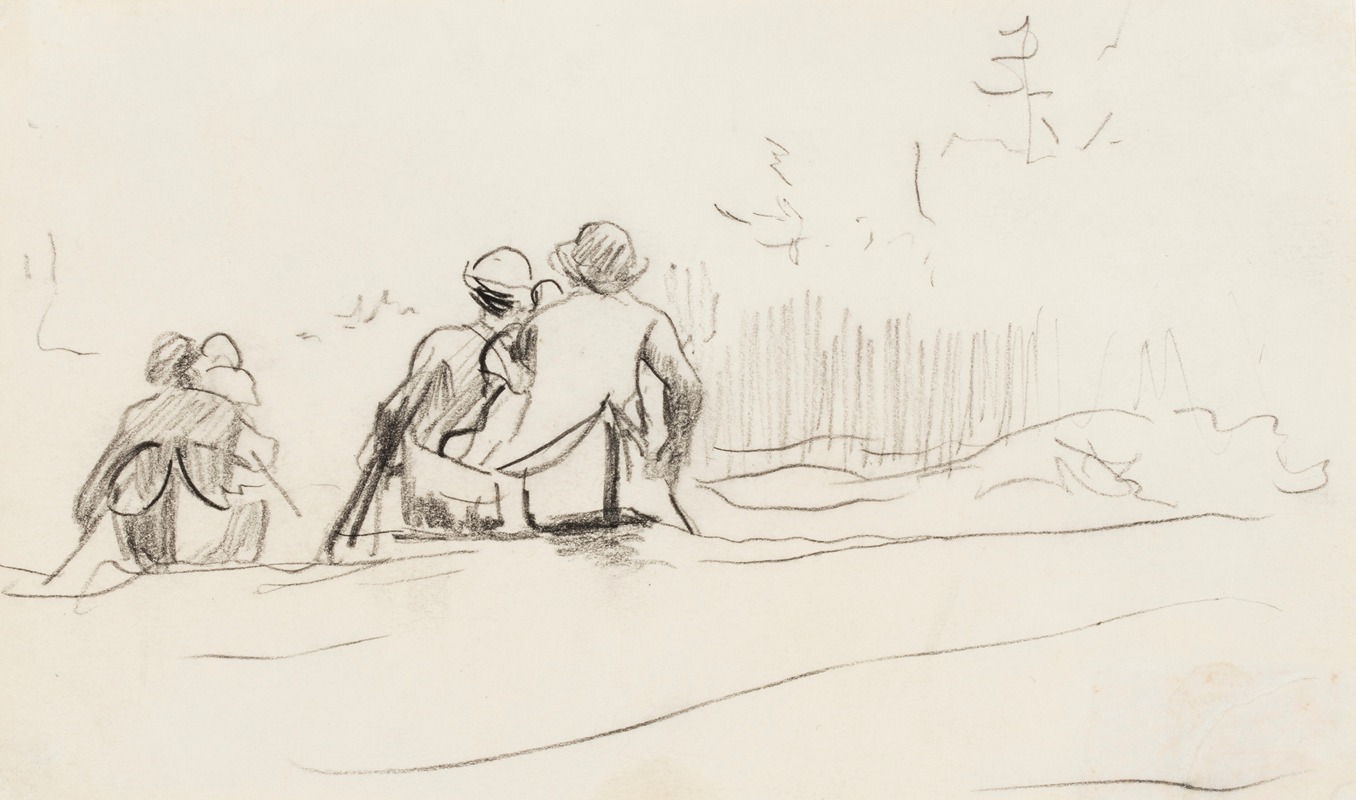
Stern View of Two Canoes
A hand-painted replica of Winslow Homer’s masterpiece Stern View of Two Canoes, meticulously crafted by professional artists to capture the true essence of the original. Each piece is created with museum-quality canvas and rare mineral pigments, carefully painted by experienced artists with delicate brushstrokes and rich, layered colors to perfectly recreate the texture of the original artwork. Unlike machine-printed reproductions, this hand-painted version brings the painting to life, infused with the artist’s emotions and skill in every stroke. Whether for personal collection or home decoration, it instantly elevates the artistic atmosphere of any space.
Winslow Homer, an American landscape painter and printmaker, is renowned for his marine subjects. One of his notable works is "Stern View of Two Canoes," which exemplifies his skill in capturing the essence of outdoor life and the human relationship with nature. Although specific details about this particular painting are limited, it is consistent with Homer's broader body of work, which often features themes of adventure, the sea, and the rugged beauty of the natural world.
Homer was born on February 24, 1836, in Boston, Massachusetts, and began his career as a commercial illustrator. He later transitioned to painting, gaining recognition for his depictions of the American Civil War. After the war, Homer traveled extensively, drawing inspiration from his surroundings and the people he encountered. His time spent in places like the Adirondacks, the coast of Maine, and the Caribbean significantly influenced his artistic style and subject matter.
"Stern View of Two Canoes" likely reflects Homer's fascination with water scenes and his ability to convey the dynamic interplay between humans and their environment. Canoes, as a subject, are emblematic of exploration and the human spirit's quest for adventure, themes that resonate throughout Homer's oeuvre. His paintings often depict individuals engaged in activities such as fishing, rowing, or navigating the sea, highlighting both the tranquility and the challenges of life on the water.
Homer's technique is characterized by his use of light and shadow, as well as his attention to detail in rendering natural elements. He was adept at capturing the movement of water and the play of light on its surface, creating a sense of immediacy and realism in his work. This skill is evident in many of his marine paintings, where the viewer can almost feel the spray of the sea or the warmth of the sun.
Throughout his career, Homer remained committed to portraying authentic scenes of American life. His works are celebrated for their narrative quality and emotional depth, often leaving viewers with a sense of contemplation about the human condition and our place within the natural world. "Stern View of Two Canoes," while not as widely discussed as some of his other pieces, fits within this tradition of thoughtful and evocative art.
Homer's legacy as one of America's foremost painters is secure, with his works held in major collections across the United States, including the National Gallery of Art in Washington, D.C., and the Metropolitan Museum of Art in New York City. His influence extends beyond his lifetime, inspiring generations of artists to explore themes of nature, adventure, and the human experience.
In summary, while specific information about "Stern View of Two Canoes" is limited, it is representative of Winslow Homer's broader artistic themes and techniques. His ability to capture the essence of outdoor life and the interplay between humans and nature continues to resonate with audiences today, securing his place as a pivotal figure in American art history.





